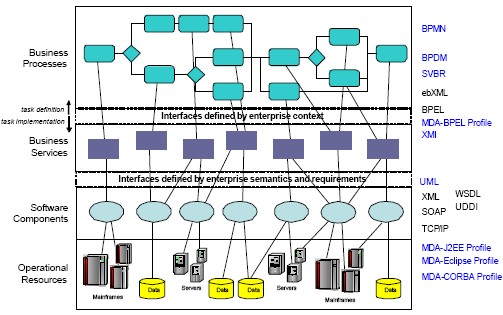Sarah Harmer’s done, and I’m on to President Alien. It really is getting late, I swear that this is my last post for the day. Or maybe my second last.
Following the speed geeking, we had the breakout third session, and I attended the one on aggregating profile data. Although this was hijacked slightly at the end by the OpenID attendees, it was an interesting discussion on a number of profile/identity-related subjects:
- Making yourself available and findable. How do you create an identity that others can easily find on any given social networking system?
- Finding others. How do you find others on a social networking system? (through a directly tranmitted URL or reference, by email, by common screen name, etc.). How can you create a common identity view of someone that you know? Is the onus on the person being found or the person doing the finding to create that view? Being able to track changes on another person’s profile. Being alerted about events in their life, e.g., birthdays.
- Using different profiles for different purposes, namely the compartmentalization of different parts of life. Choosing what to share (photos, blogs, contact info) with which people (family, friends, work colleagues). Intentionally creating non-correlatable profiles, e.g., Superman/Clark Kent, work/play. The different levels of intimacy, e.g., comparing the Flickr friends and family categories with the concept of an IM buddy, and what information might be shared with acquaintances of different levels of closeness.
- Exchanging profile data between social networking systems. Open standards for profile data exchange.The concept of a People Service for social networking group/profile management, which also came up in the People Aggregator mashup during speed geeking.
I attended this out of general interest; although I had hopes that it might be useful in enteprise profile management, I’m not so sure but still found it interesting.

